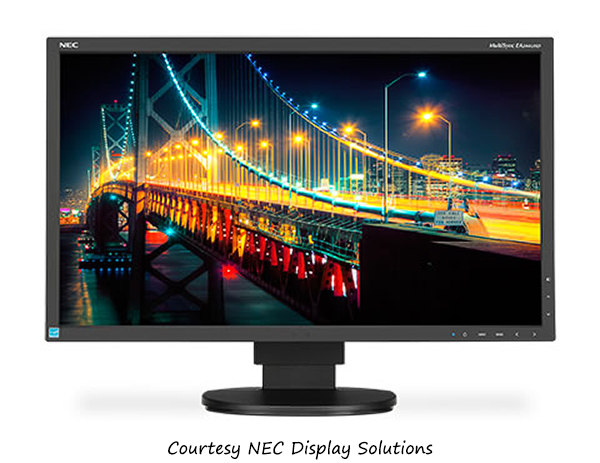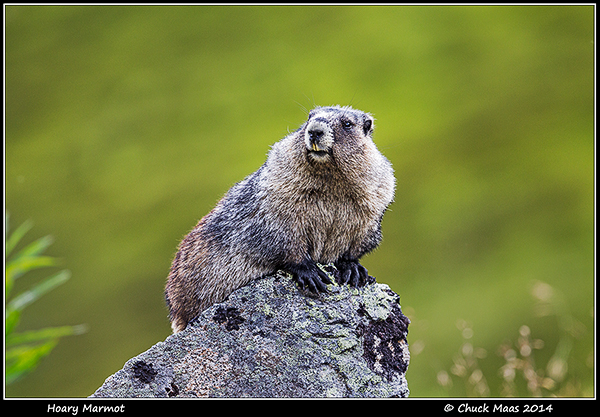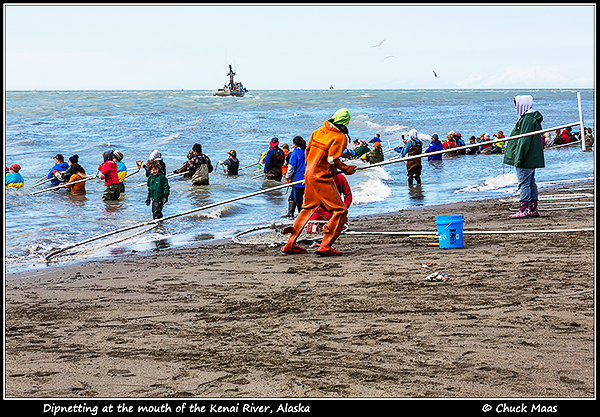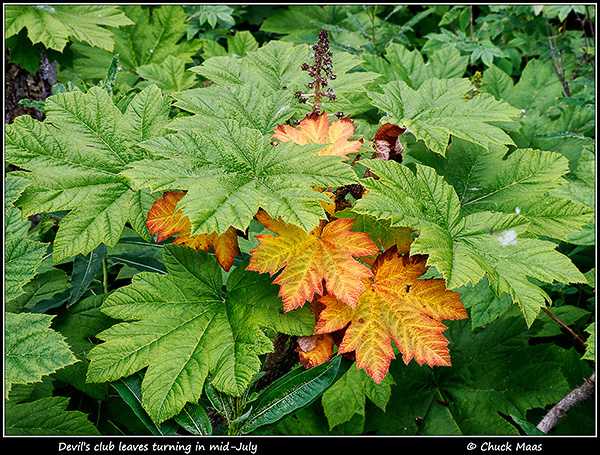Little things can make a lot of difference in photography, especially in the handling of the tools. Reaching the point where manipulation of the camera is so practiced and automatic that all one’s concentration can be focused on subject matter and composition is not only satisfying, but much more productive. Unfortunately it’s harder to do than one would like.
One factor is the camera bodies themselves. Seldom are the dials, buttons, and knobs in the same location from model to model, so inevitably one has to relearn and accommodate the differences. Some systems, however, do have a continuity in certain features that carry pretty much through the line, such as Canon’s Quick Control Dial (or “Rear Thumb Wheel”) on the back of EOS DSLRs. This is one of the best control interfaces I’ve used and it’s become natural to expect it to be there from one camera body to another. Earlier this year I began using a 70D, a nice compact package with pretty good specs and a few features I wish were on all the models (like the articulating LCD). And it has the rear dial too, except it’s not quite the same—smaller, and with an 8-way controller between the outer edge of the dial and the “Set” button in the middle (as first seen on the 60D). I understand the purpose, and frankly the mechanization makes sense given the relatively small body size, but when I’m using it in conjunction with another EOS body there’s enough difference to make it awkward. And regarding size, I think the 70D is just a little too small for my purposes. I’m all for less weight and bulk, but I like a camera body to feel comfortable in my hands and not have the sensation I’m gripping it with my fingertips. Personal preference, for sure, and I’ll likely add a battery grip to my 70D for a little better handling in the field.
Another preference has to do with straps. I prefer a strap on every camera body as an aid to handling (and a little less risk of dropping one). I don’t like wide or gaudy straps; a simple one-inch nylon model in black—like Nikon’s AN-4B—fills the bill very nicely. Others must think so too as the same strap has been in Nikon’s inventory for a very long time.
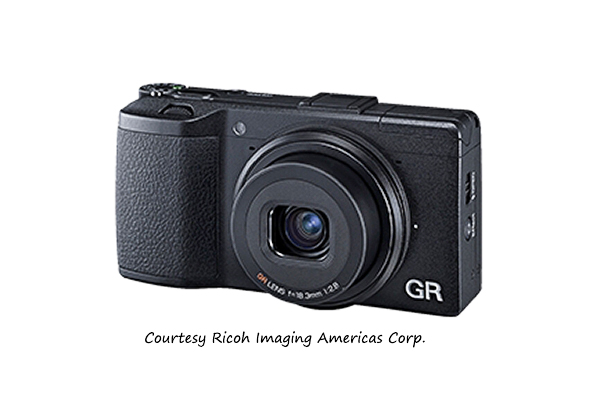 There are times when it’s simply not practical to carry a full-sized DSLR plus one or more lenses, but you still want the ability to record quality images—hence the quest for the high-grade pocket camera. Pockets vary in size, as do small cameras (including cell phones), and features and capability are all over the map. My current pocket camera of choice is the Ricoh GR. It certainly is not a perfect solution for all situations, but it has a very capable APS-C sized sensor and a matched 28mm-equivalent single focal-length lens that produces excellent results. Most who have used the camera enjoy the straight forward, photographer-centric buttons, dials, and menus, and find its close-focus capability (3.9” in macro mode) very useful. No glamor here; just a compact camera with emphasis on image quality versus a multiplicity of features—what I would call a positive trade-off.
There are times when it’s simply not practical to carry a full-sized DSLR plus one or more lenses, but you still want the ability to record quality images—hence the quest for the high-grade pocket camera. Pockets vary in size, as do small cameras (including cell phones), and features and capability are all over the map. My current pocket camera of choice is the Ricoh GR. It certainly is not a perfect solution for all situations, but it has a very capable APS-C sized sensor and a matched 28mm-equivalent single focal-length lens that produces excellent results. Most who have used the camera enjoy the straight forward, photographer-centric buttons, dials, and menus, and find its close-focus capability (3.9” in macro mode) very useful. No glamor here; just a compact camera with emphasis on image quality versus a multiplicity of features—what I would call a positive trade-off.
